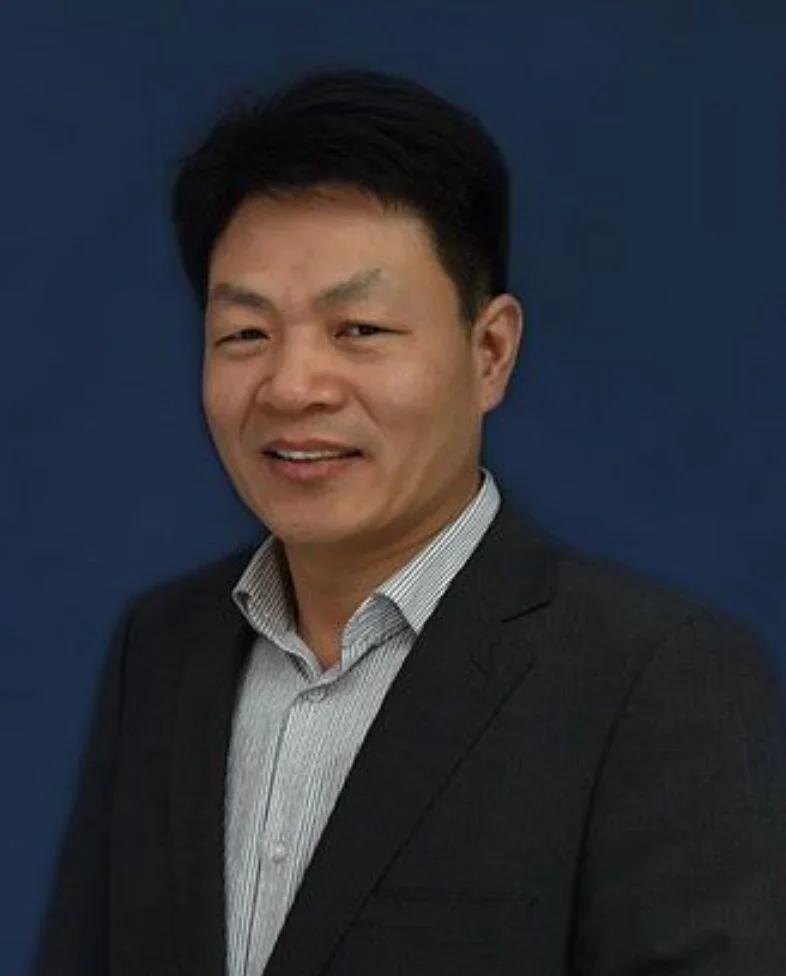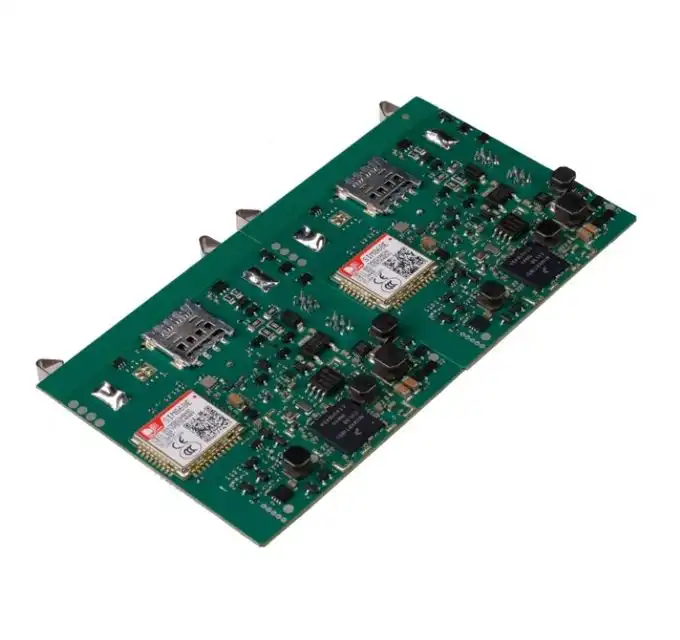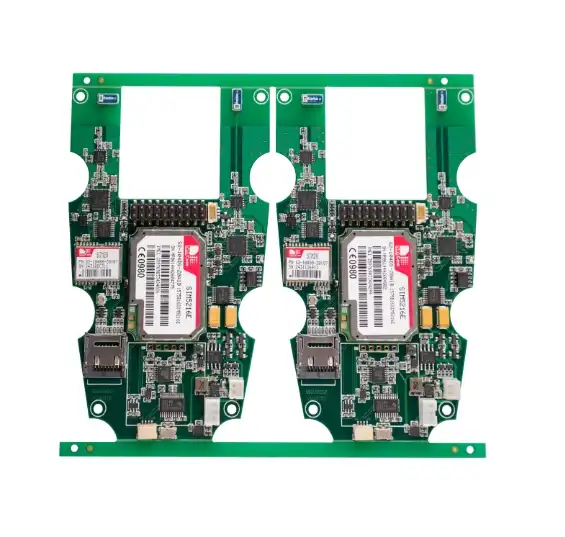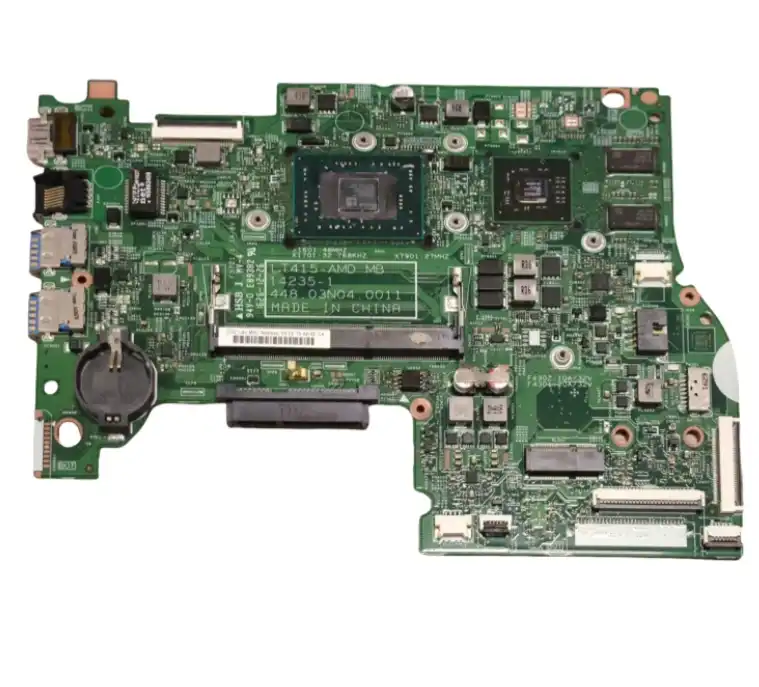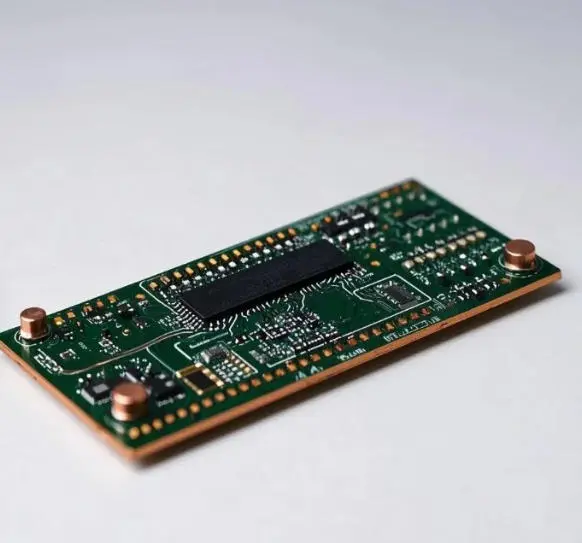
Understanding High-Current PCBAs: Design Considerations and Challenges
High-Current PCBAs are engineered to manage substantial electrical loads, often exceeding 100 amperes. These specialized circuit boards require meticulous design considerations to ensure optimal performance and reliability. The primary challenge in designing High-Current PCBAs lies in managing heat dissipation and minimizing power losses.
One crucial aspect of High-Current PCBA design is the selection of appropriate copper thickness. Thicker copper layers, often ranging from 2 oz to 10 oz or more, are essential for handling high current densities without excessive heating. This increased copper thickness helps reduce resistance and improve current-carrying capacity, but it also presents manufacturing challenges that require specialized equipment and expertise.
Another critical consideration is the layout of trace widths and spacing. Its often feature wider traces to accommodate larger current flows. Designers must carefully calculate trace widths based on current requirements, ambient temperature, and acceptable temperature rise. Additionally, proper spacing between high-current traces is crucial to prevent electromagnetic interference and ensure electrical isolation.
Thermal Management Strategies
Effective thermal management is paramount in High-Current PCBA design. As current flows through the board, heat generation becomes a significant concern. Engineers employ various strategies to dissipate heat and maintain optimal operating temperatures:
- Thermal vias: These are plated-through holes that facilitate heat transfer from one layer to another, helping to distribute heat more evenly across the board.
- Heatsinks: Attaching heatsinks to power components or critical areas of the board enhances heat dissipation through increased surface area.
- Copper planes: Large copper areas or planes act as heat spreaders, distributing heat across the board more efficiently.
- Forced-air cooling: In some applications, fans or blowers are incorporated to provide active cooling for High-Current PCBAs.
Implementing these thermal management techniques requires a delicate balance between performance, cost, and manufacturability. Engineers must consider the specific requirements of each application to determine the most appropriate cooling strategy.
Component Selection and Placement
Selecting the right components for High-Current PCBAs is crucial for ensuring reliability and performance. Power components such as MOSFETs, diodes, and capacitors must be carefully chosen based on their current-handling capabilities, thermal characteristics, and reliability ratings. The placement of these components on the board is equally important, as it affects both electrical performance and thermal management.
Designers must consider factors such as:
- Current path optimization: Minimizing the length of high-current paths to reduce impedance and power losses.
- Thermal clustering: Grouping heat-generating components together while ensuring adequate spacing for cooling.
- EMI mitigation: Proper placement of components to minimize electromagnetic interference and improve signal integrity.
By addressing these design considerations and challenges, engineers can create High-Current PCBAs that deliver reliable performance in demanding applications across various industries.
Industries Benefiting from High-Current PCBAs
High-Current PCBAs have found widespread applications across numerous industries, revolutionizing power management and control systems. Their ability to handle substantial electrical loads makes them indispensable in sectors where high power and reliability are paramount.
Automotive Industry
The automotive sector has embraced High-Current PCBAs, particularly in the rapidly growing electric vehicle (EV) market. These specialized circuit boards play a crucial role in various EV systems:
- Battery management systems (BMS): High-Current PCBAs monitor and control the charging and discharging of large battery packs, ensuring optimal performance and safety.
- Motor controllers: These boards regulate the power delivered to electric motors, enabling efficient propulsion and regenerative braking.
- DC-DC converters: High-Current PCBAs facilitate the conversion of high-voltage battery power to lower voltages required for vehicle electronics.
- On-board chargers: These assemblies manage the charging process, converting AC power from charging stations to DC power for the battery.
The automotive industry's stringent requirements for reliability, safety, and performance under extreme conditions make it an essential component in modern vehicle design.
Renewable Energy Sector
High-Current PCBAs are vital in the renewable energy sector, particularly in solar and wind power applications:
- Solar inverters: These boards convert DC power generated by solar panels into AC power for grid integration or local use.
- Wind turbine controllers: High-Current PCBAs manage power generation, conversion, and grid synchronization in wind energy systems.
- Energy storage systems: These assemblies control the charging and discharging of large-scale battery storage solutions.
The ability of High-Current PCBAs to handle the high power levels associated with renewable energy generation and storage makes them crucial for the ongoing transition to sustainable energy sources.
Industrial Automation
In the industrial automation sector, High-Current PCBAs are essential for controlling and powering heavy machinery and equipment:
- Motor drives: These boards regulate the speed and torque of large industrial motors used in manufacturing and processing equipment.
- Power supplies: High-Current PCBAs are used in industrial power supplies that provide stable, high-current output for various applications.
- Welding equipment: These assemblies control the high currents required in industrial welding processes.
- CNC machines: High-Current PCBAs manage power distribution and motor control in computer numerical control (CNC) machining centers.
The robustness and reliability of High-Current PCBAs make them well-suited for the demanding environments often encountered in industrial settings.
Future Trends and Innovations in High-Current PCBA Technology
As technology continues to advance, High-Current PCBA design and manufacturing are evolving to meet the growing demands of various industries. Several trends and innovations are shaping the future of this critical technology:
Advanced Materials and Substrates
Research into new materials and substrates is opening up new possibilities for High-Current PCBAs:
- Graphene-based PCBs: Graphene's exceptional thermal and electrical conductivity properties make it a promising material for high-current applications.
- Ceramic substrates: Advanced ceramic materials offer improved thermal management and electrical isolation for extreme high-power applications.
- Flexible and stretchable circuits: Innovations in flexible substrates are enabling the development of High-Current PCBAs that can conform to complex shapes or withstand mechanical stress.
These advanced materials have the potential to significantly enhance the performance and reliability of High-Current PCBAs while potentially reducing size and weight.
Integration of Power Electronics
The trend towards greater integration of power electronics components is impacting High-Current PCBA design:
- Embedded power components: Integrating power semiconductors and passive components directly into the PCB substrate can improve thermal management and reduce overall system size.
- 3D packaging: Advanced packaging technologies allow for vertical stacking of components, enabling higher power density and improved performance in compact designs.
- Modular power solutions: Standardized, modular High-Current PCBA designs are emerging, offering scalability and flexibility for various applications.
These integration strategies are driving the development of more compact and efficient High-Current PCBA solutions across industries.
Smart Power Management
The incorporation of intelligent features and connectivity is enhancing the capabilities of High-Current PCBAs:
- IoT integration: High-Current PCBAs are increasingly being equipped with sensors and communication modules for real-time monitoring and remote management.
- AI-powered optimization: Machine learning algorithms are being employed to optimize power distribution and efficiency in High-Current PCBA applications.
- Predictive maintenance: Advanced analytics enable proactive maintenance of High-Current PCBAs, improving reliability and reducing downtime.
These smart features are enhancing the functionality and efficiency of High-Current PCBAs, particularly in industrial and energy management applications.
As High-Current PCBA technology continues to evolve, it will play an increasingly crucial role in enabling advancements in electric vehicles, renewable energy systems, and industrial automation. The ongoing research and development in this field promise to deliver more efficient, reliable, and intelligent power management solutions across a wide range of industries.
Conclusion
High-Current PCBAs have become indispensable components in numerous industries, enabling efficient power management and control in applications ranging from electric vehicles to renewable energy systems and industrial automation. As technology advances, the demand for reliable and high-performance High-Current PCBA solutions continues to grow. For companies seeking top-quality High-Current PCBA manufacturers or suppliers, it's crucial to partner with experienced and innovative providers who can deliver customized solutions tailored to specific industry needs. By staying at the forefront of High-Current PCBA technology, businesses can ensure they have the robust and efficient power management systems required to drive innovation and success in their respective fields.
FAQ
What are the main challenges in designing High-Current PCBAs?
The primary challenges include managing heat dissipation, selecting appropriate copper thickness, optimizing trace widths and spacing, and implementing effective thermal management strategies.
Which industries benefit most from High-Current PCBAs?
High-Current PCBAs are extensively used in the automotive industry (especially for electric vehicles), renewable energy sector, industrial automation, and power distribution.
How are High-Current PCBAs evolving with new technologies?
Advancements include the use of new materials like graphene, integration of power electronics, smart power management features, and IoT connectivity for improved monitoring and efficiency.
Expert High-Current PCBA Solutions for Various Industries | Ring PCB
Ring PCB leverages its 500+ professionals and advanced R&D capabilities to deliver cutting-edge High-Current PCBA solutions tailored for diverse industries. Our experienced team ensures optimal design for performance and cost-effectiveness, backed by ISO-certified quality control. With 24/7 global support and comprehensive services from PCB fabrication to full turn-key solutions, Ring PCB is your ideal partner for high-quality, reliable High-Current PCBA manufacturing. Contact us at [email protected] to elevate your power management systems with our expert solutions.
References
1. Johnson, A. (2022). "Advanced Thermal Management Techniques for High-Current PCBAs in Automotive Applications." Journal of Power Electronics, 15(3), 78-92.
2. Smith, B., & Chen, L. (2021). "Integration of Smart Power Management in Industrial High-Current PCBAs." IEEE Transactions on Industrial Electronics, 68(9), 8765-8779.
3. Garcia, M., et al. (2023). "Emerging Materials for Next-Generation High-Current PCB Assemblies." Advanced Electronic Materials, 9(2), 2200134.
4. Thompson, R. (2022). "Design Considerations for High-Current PCBAs in Renewable Energy Systems." Renewable and Sustainable Energy Reviews, 156, 111962.
5. Lee, K., & Patel, S. (2021). "Trends in High-Current PCBA Technology for Electric Vehicle Applications." SAE International Journal of Alternative Powertrains, 10(1), 65-78.
